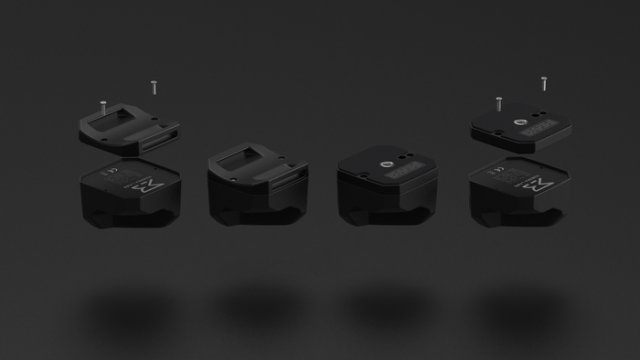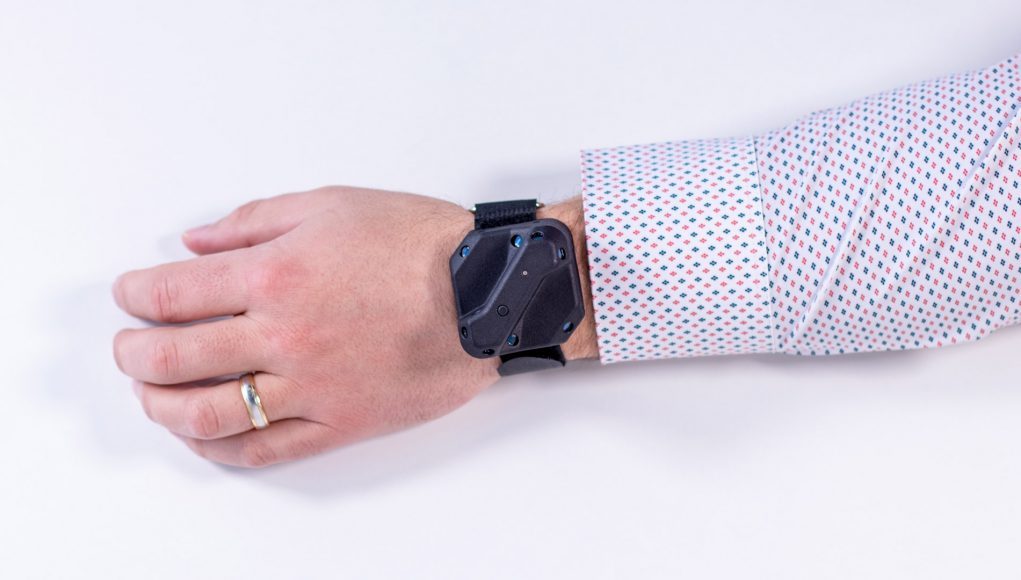Tundra Tracker, the SteamVR-based tracker in development by Tundra Labs, exploded past its Kickstarter goal in less than 24 hours, securing the company well beyond the $250,000 it initially hoped for back at its late-March launch. The company has now made it well past the $1 million mark with one month remaining in the campaign.
Update (April 28th, 2021): Tundra Tracker previously inched past the $1 million mark on April 10th. In the meantime, Tundra Tracker has managed to push forward, albeit at a slower pace, and secure around $1,175,000 in Kickstarter funds.
Tundra Labs says in a recent update that, due to current issues in the supply chain, it will be limiting sales of trackers during the Kickstarter.
“You may have read about the crushing supply limitations that exist in the electronics industry right now,” says Luke Beno, founder of Tundra Labs. “This means that there is an upper limit to the number of Tundra Trackers that we think can produce by the dates discussed in this campaign. We have not reached this limit yet but want to be upfront with the community that there does need to be a limit.”
All funding tiers, save the $300 Early Bird bundle, are still available through the campaign, which you can find here.
Update (April 6th, 2021): At the time of this writing, Tundra Labs has secured $932,525, and is rapidly approaching $1M. The campaign still has 52 days to go, so there’s no telling how high it may go.
With the funds, the team has also announced it’s hired long-time VR developer Olivier JT, who will help manage the day-to-day in Europe. Tundra collaborator Jason Leong is also currently traveling to Asia from the company’s Wisconsin base to oversee production of both the developer and production versions of the tracker.
Original Article (March 30th, 2021): Backers of the Tundra Tracker Kickstarter today showed strong demand for a SteamVR Tracking compatible tracker that aims to be smaller and cheaper than the market incumbent, the Vive Tracker.
The initial $250,000 goal was crushed within hours of the Kickstarter campaign’s launch, and as of writing the project has exceeded $600,000. At present, the funds are from some 1,570 individual backers who backed tiers ranging from $42 to $630.
While the vast majority of backers so far have chosen the 3x Tundra Tracker bundle (67%), a surprising number of backers went for the largest 7x Tundra Tracker bundle (17%).
Ostensibly many users will be using the trackers for body-tracking in VR; with three trackers that typically means adding tracking points to the feet and waist (in addition to tracking of the head and hands provided by a VR headset). Seven trackers can enable even more accurate body-tracking by tracking the movement of feet, knees, elbows, and the waist.
The majority of the product’s tiers include “basic” elastic straps for attaching the trackers to the body, as well as a storage case. The Kickstarter versions of the trackers also include two base plates which offer different mounting options: a 1/4 tripod screw, or a strap loop.

Tundra Labs expects the earliest Tundra Trackers to be delivered to ‘early bird’ backers beginning in July, while the remainder are expected in September. The campaign currently doesn’t have any listed stretch goals.
As the only other SteamVR Tracking tracker on the market, the Tundra Tracker is naturally directly compared to the HTC Vive Tracker 2.0 and recently released Vive Tracker 3.0. The pricing comparison is broken down here:
| Tracker Count | Tundra Tracker | Vive Tracker 2.0 | Vive Tracker 3.0 |
| 1x | $130 | $100 | $130 |
| 3x | $300 | $300 | $390 |
| 5x | $460 | $500 | $650 |
| 7x | $630 | $700 | $910 |
For more on how the Tundra Tracker and Vive Tracker compare from a price and feature standpoint, so our previous article.







